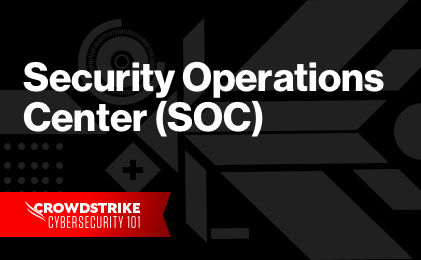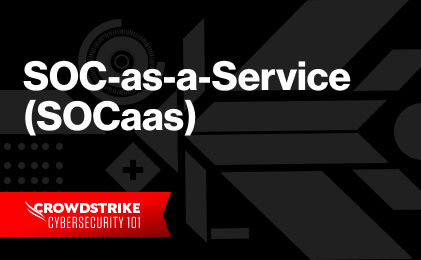Transform SOC with Next-Gen SIEM
Transform SOC with Next-Gen SIEM
In cybersecurity, a "SOC" refers to a security operations center. This is a dedicated team and facility where IT and security professionals keep an eye on an organization's security posture. In this context, a SOC is different from the more widely used (in enterprise circles) acronym for systems and organization controls. The SOC we’re dealing with — a security operations center — includes the personnel, technologies, and methodologies that safeguard organizations against cybersecurity breaches.
Central to our discussion is the SOC framework, which makes up the structured approach to operations in a SOC. A SOC framework lays out the processes, roles, and technologies that enable a SOC to function effectively. A robust SOC framework allows a SOC to respond to threats with precision and agility.
In this article, we’ll dissect the SOC framework, looking at its integral components, implementation challenges, and best practices. Note that our focus will be on the SOC framework rather than the operational aspects of the SOC itself.
What is a SOC framework?
A SOC framework acts like a blueprint, defining the systematic approach a SOC ought to employ as it detects, analyzes, and responds to cybersecurity threats. The SOC framework should cover key functions of the SOC to ensure they’re properly integrated and executed. These key functions include:
- Threat intelligence
- Security monitoring
- Incident management
When properly designed, a SOC framework will maximize efficiency and minimize incident response times for a SOC. As the cyber threat landscape is constantly evolving, the SOC framework helps an organization maintain a strong security posture.
The difference between a SOC and a SOC framework is akin to the difference between having a team of security experts and giving them a playbook to follow. The SOC framework equips the SOC with the protocols and processes necessary to handle complex security challenges, both on a day-to-day basis and in the event of a security incident.
Typically, a SOC follows a “hub and spoke” structure. At its center, the SOC has a centralized data repository, allowing for a consolidated view of threat data and threat intelligence. This enables swift analysis and decision-making. Because all the security information converges at the hub, the various spokes — activities and responsibilities such as prevention techniques, reporting, or compliance — can function cohesively.
The SOC framework lays out how this SOC structure ought to play out.




